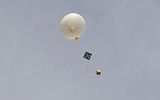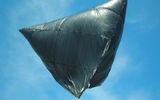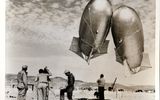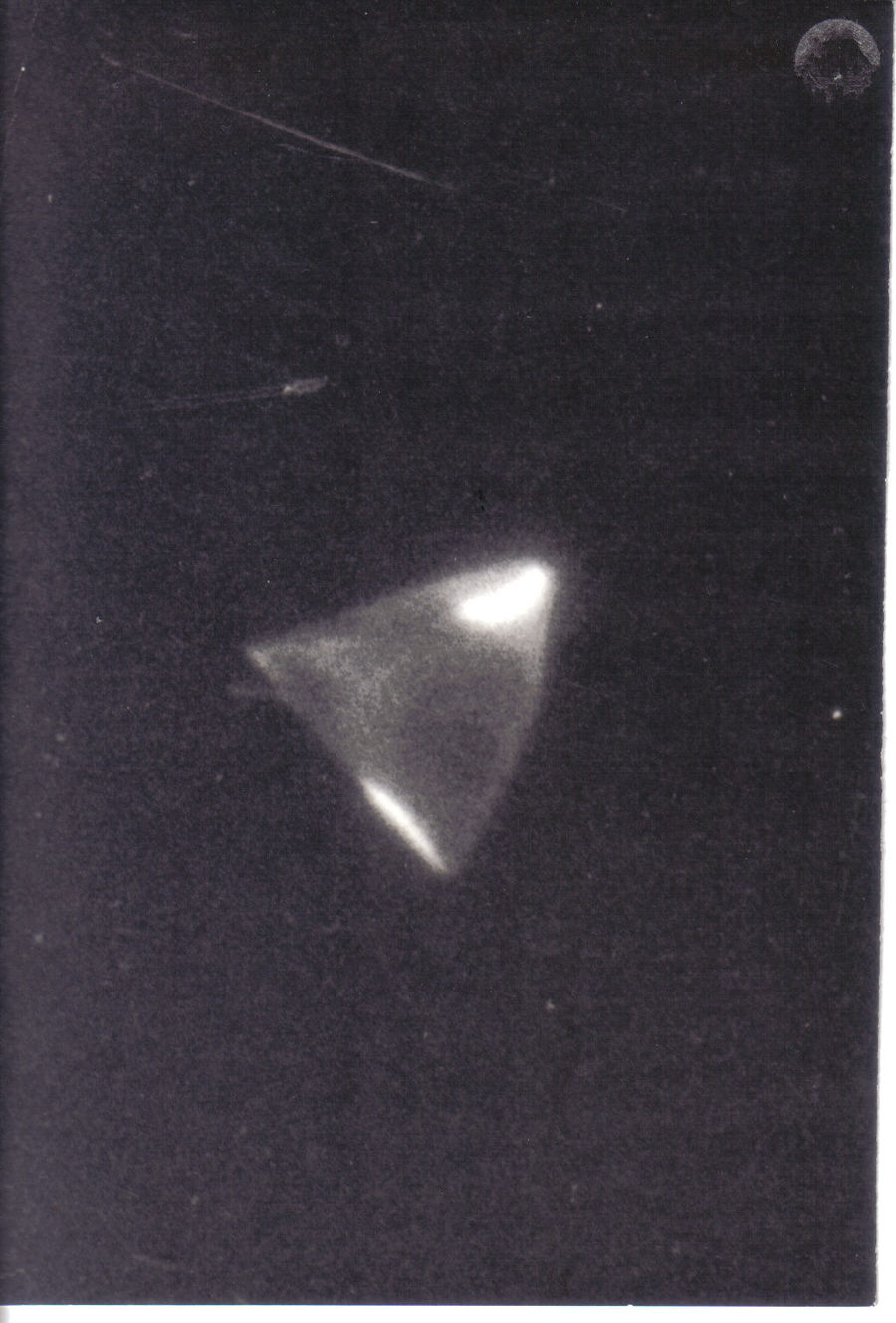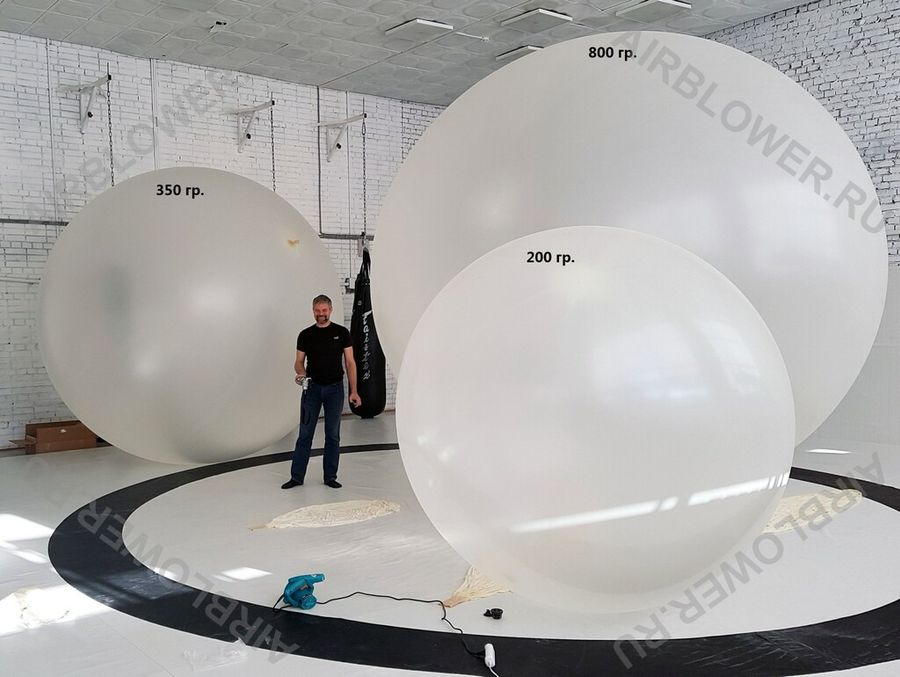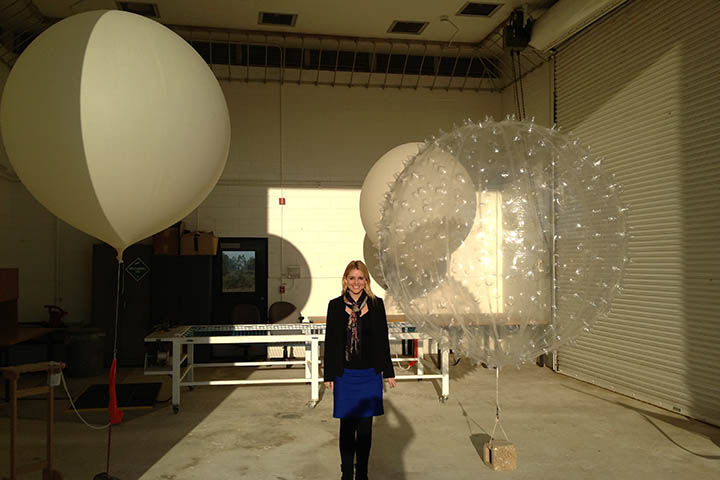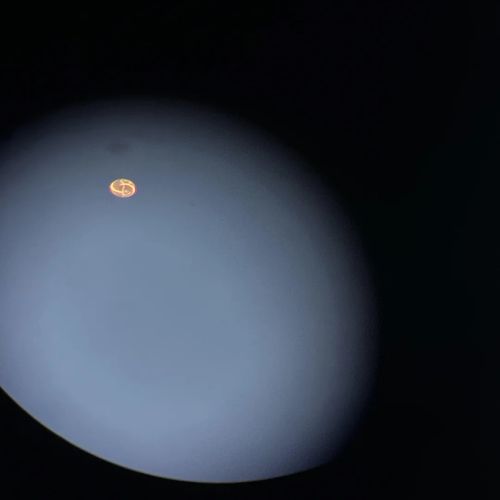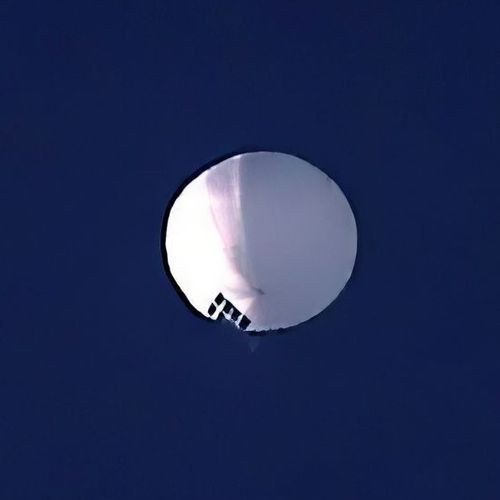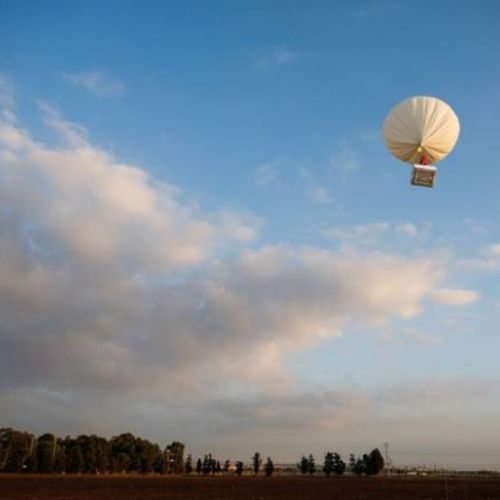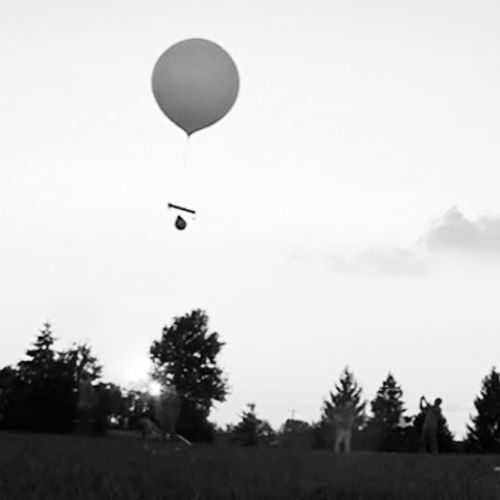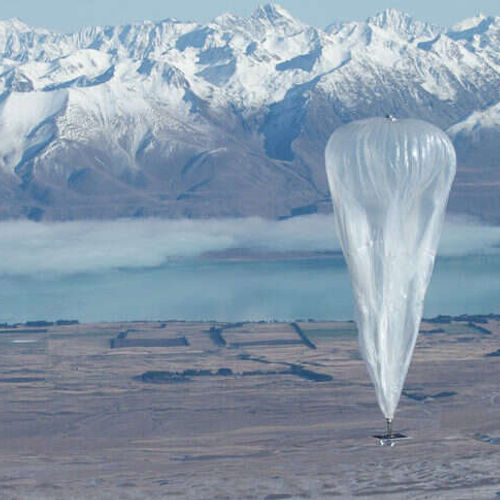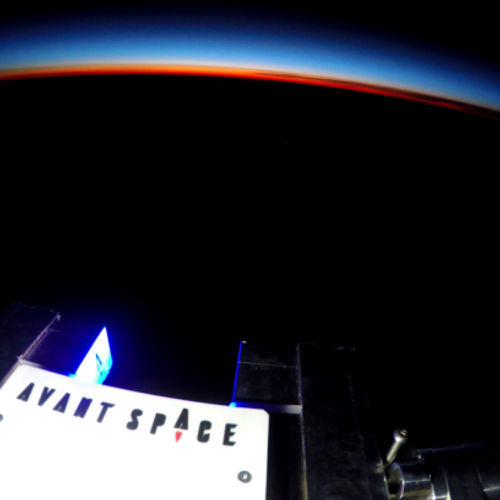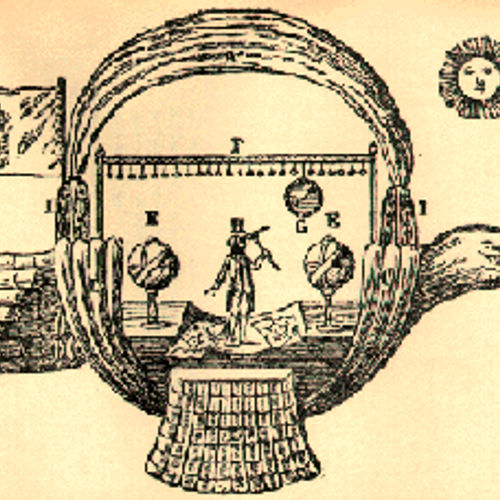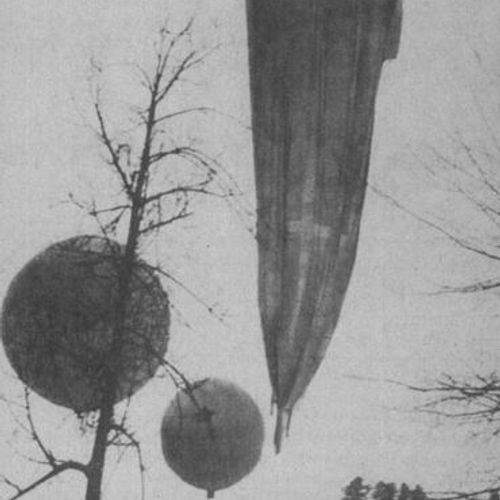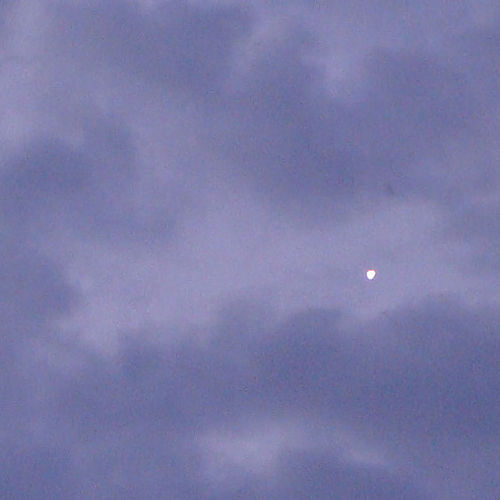
| Added | Mon, 10/10/2016 |
| Sources | |
| Феномены | |
| Version type |
The balloon (simplified is a balloon) — an aircraft lighter than air, where the lift force is used enclosed in a sheath gas (or heated air) with a density less than the density of the surrounding air.
Distinguish between tethered, Svobodnaya and balloons — powered airships.
Tethered balloons are used for sensing of the atmosphere, and in time of war (since the end of XVIII century) they were used for observation of the battlefield and troop movements in the combat area, and further to adjust the fire of artillery.
The balloons rising to a height of over 11 km is called the stratosphere.
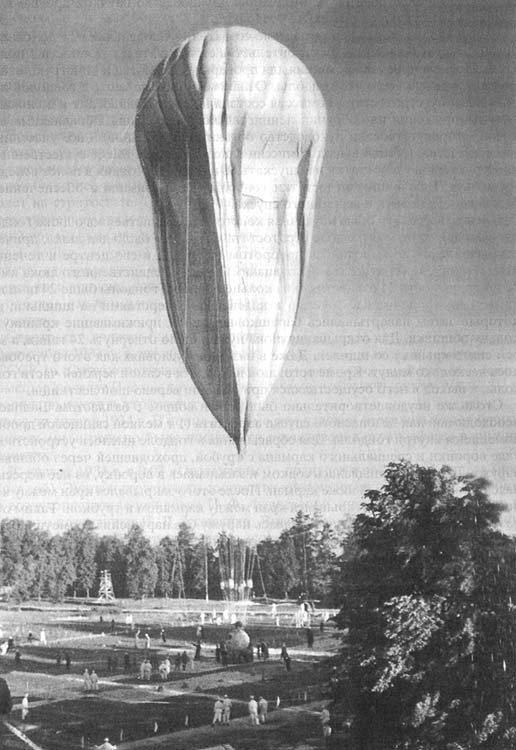
The start of stratospheric "Osoaviakhim-1", 30 January 1934
7(19) October 1875, Mendeleev spoke at a meeting of the Russian physics society at the University of St. Petersburg with the message "the temperature of the upper atmosphere". Impressed by the tragic fate of the pilots of the balloon "Zenith" ("Le Zenith") (April 15, 1875, reached the height of 8600 meters, but two of the three pilots killed), it is suggested to use for the study of higher layers of the atmosphere, along with the automatic unmanned balloons and manned balloons with a sealed gondola. Made Mendeleev's ideas can be regarded as Russia's first technical proposal of the concept of the stratosphere.
The lower boundary of the stratosphere (10500 m) was reached on July 31, 1900 German researchers A. Personam and R. Suringa in a balloon "Prussia" ("Preussen") with an open gondola, which almost died.

Gondola of the stratosphere balloon "USSR-1"
Hot-air balloons were used for military and civilian research. Usually the design of the gondola was sealed or used special suits, similar to diving.
In 1959-1962 built several hot-air balloons have specially equipped open gondolas, since their purpose was to experience the space and aviation suits and parachute systems for landing from a great height.

Suit for stratospheric balloon. Spain, 1935.
The type of filling balloons share on:
- gas — charlery,
- thermal — balloons
- combined (gas and heat at the same time) — Rosiere.
Weather balloon - unmanned aerostat intended to study the atmosphere. Consists of a rubber or plastic shell filled with hydrogen or helium, and suspended her container with the equipment. It comes in a free flight or podnimaetsya on the rope in order to study the atmosphere.
The devices can measure air pressure, humidity, temperature and other parameters. Measurements of the movement of the ball determine the wind speed at different heights. The information is usually transmitted on the radio ("radiosonde"). Before the introduction of radio for weather balloons has established meteorograph who had to return to earth. Currently, the containers with the equipment are made as cheap as possible, so after the rupture, the container falls to the ground and breaks (with possible damage to objects on earth). If the ball is run only for measuring wind speed, it is called "balloon pilot".
High-altitude weather balloons can reach heights of 30-40 km. altitude Record for balloons is 51 820 m
Modern balloons are used for demonstration and sports flights, as well as the balloon of the brothers Montgolfier, mostly filled with hot air. With the burner air is heated, and as the rarefied hot air is lighter than cold, the ball flies.
Like a UFO is observed both in the daytime and in the dark, as it can reflect bright light. A weather balloon lifted on a rope, can hang in one place for hours.
Collecting the right information, at the height of the device burst. Scientific instruments after that they drop off the chute, either inside the main can be ball less, which slows the fall of the payload when the outer shell breaks.
The launches of radiosondes are produced daily, several times a day (usually at 00:00 and 12:00 UTC).
There is also the practice of using balloons with leash (or stationary). For example, in the U.S. using aerostats (moored balloons) as radar platforms. Usually for border control, but also for other purposes. The aerostats are large fabric shell filled with helium, and can rise to a height of 15 000 ft (4600 m), being tied to a single cable. The biggest lifting capacity of 1000 kg is raised to a working height, providing low-level radar coverage, downward. Balloons steady in winds below 65 knots (120 km/h). Length of rope usually about 7600 feet (7600 m). They are used for these purposes for quite a long time (since 1980). Used nskoromnoy, downward facing radar.
Solar balloon - the balloon or the balloon, which becomes volatile when the air inside is heated by solar radiation, usually black or dark balloon material. The heated air inside the solar balloon expands and has less density than the surrounding air. They can have different shapes (diamond, pyramid, teardrop-shaped, long cylinder, etc.). Fans are often made of welded garbage bags.
Translated by «Yandex.Translator»
Related facts
Related news
Related articles
Log in or register to post comments
